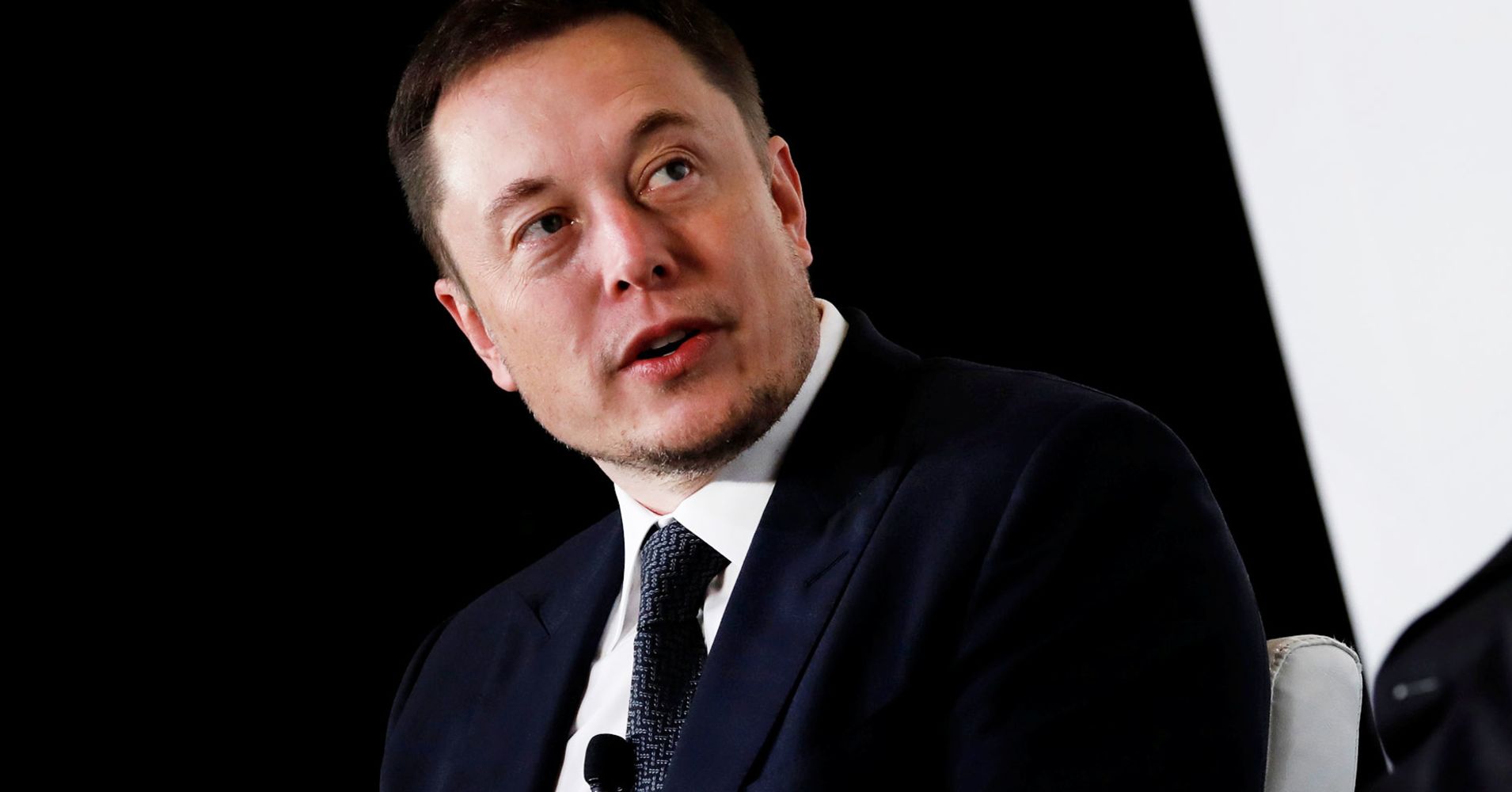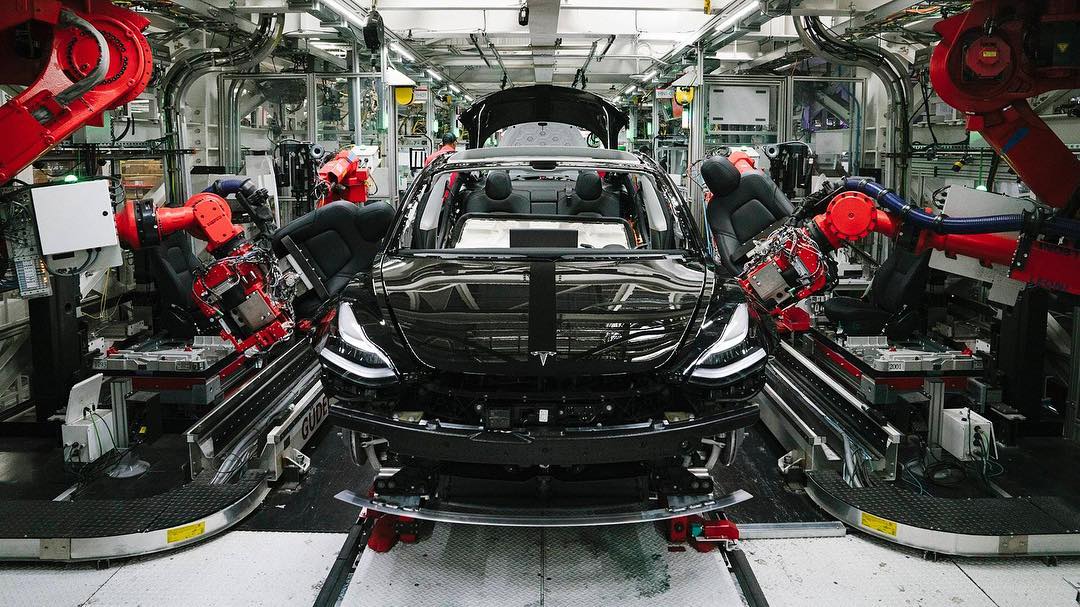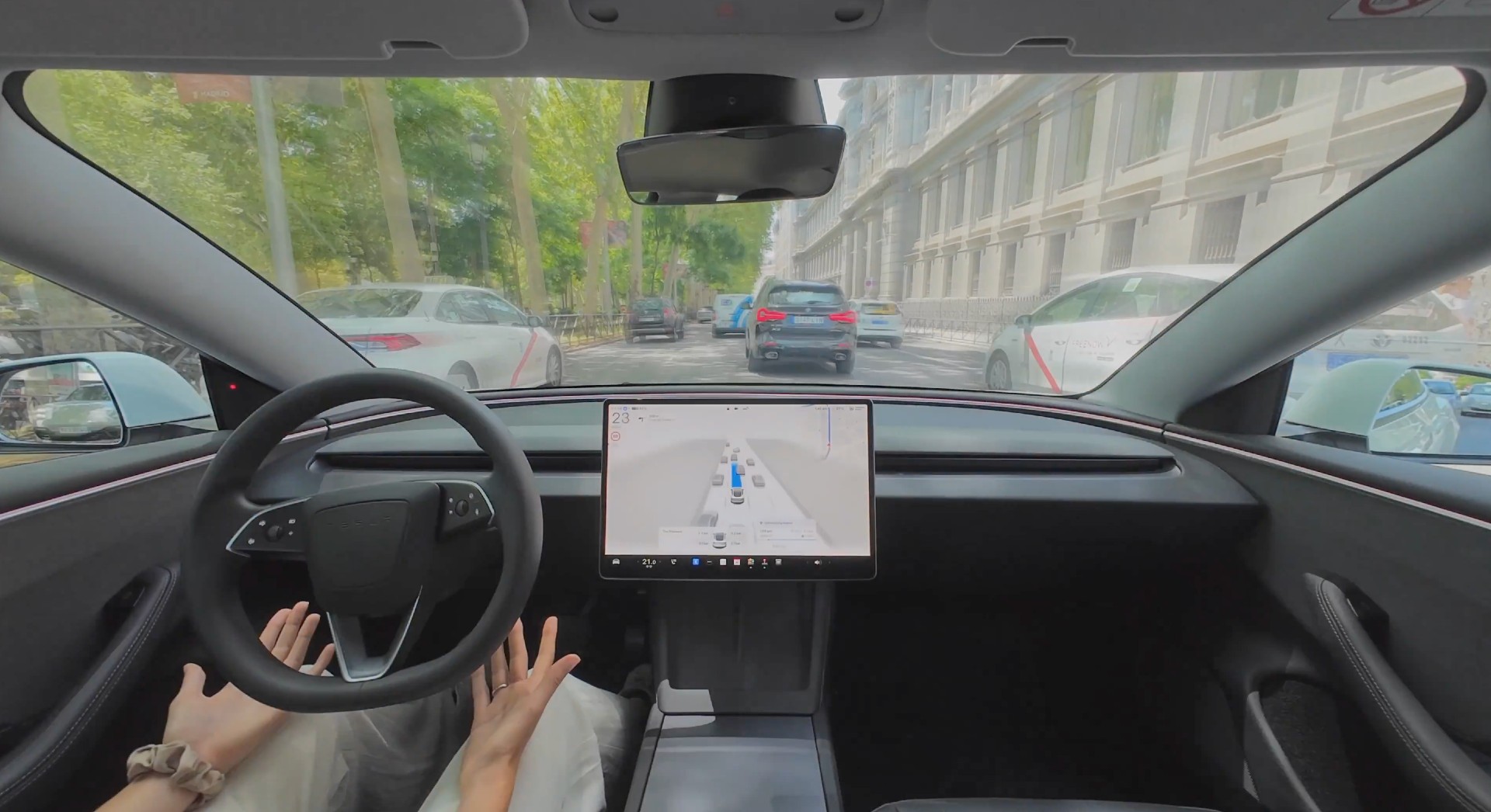

Investor's Corner
How Elon Musk walked away from Tesla’s privatization despite $30 billion offer
Last Wednesday, Elon Musk received an offer for the company’s possible privatization. The proposal was presented to Musk by advisers from Goldman Sachs and Silver Lake, and included a roster of prolific investors willing to contribute as much as $30 billion to Tesla. A day later, Musk met with the company’s Board of Directors at the Fremont factory and announced that he is withdrawing his proposal to take the company private.
The story of Tesla’s attempted privatization started off with a tweet. On August 7, Elon Musk announced on Twitter that he was considering taking Tesla private at $420 per share. Musk also added that funding had been secured for the deal. Later tweets during the day further suggested that the deal was quite certain and that Tesla’s privatization only needed a shareholder vote. Musk eventually published a blog post explaining his tweet a few days later, stating that his reference to funding being secured came from talks with Saudi Arabia’s sovereign wealth fund. The weeks following Musk’s initial announcement were volatile. SEC investigations were reportedly started, lawsuits were filed, and the company’s shares took a deep dive, at one point dipping below $290 per share.
Musk had been thinking of taking Tesla private for a while now. Being a public company, Tesla is subjected to the wild swings of the stock market, relentless attacks from short-sellers, and quarterly pressures from Wall Street. Musk’s other company, SpaceX, is private, and it pretty much runs like a far better-oiled version of Tesla. In an email to the Wall Street Journal this past weekend, Elon Musk explained that Tesla’s privatization was only feasible now, as the company is poised to rise considerably in the coming months.
“In my opinion, the value of Tesla will rise considerably in the coming months and years, possibly putting any take-private beyond the reach of any investors. It was now or perhaps never,” Musk wrote.
Elon Musk hired several high-profile advisers for Tesla’s possible privatization, including bankers from Goldman Sachs, as well as attorneys from Wachtell, Lipton, Rosen & Katz. Musk also hired Egon Durban of Silver Lake Partners, who had brokered and helped bankroll the buyout of computer maker Dell when it went private. Musk also kept close counsel with Tesla executives such as Chief Technology Officer J.B. Straubel, Attorney Todd Maron (who was once his divorce lawyer), finance chief Deepak Ahuja, and his brother Kimbal, who also holds a seat at Tesla’s board.
On August 18, Elon Musk presented ideas about how Tesla’s privatization could be done. According to the Wall Street Journal, the members of the Board were in support of Musk’s go-private initiative, though some had reservations about the CEO’s actions on Twitter. Musk reportedly admitted to his rashness and pledged to exercise more self-control on the social media platform. Musk then went over to the Fremont factory, where he worked until past midnight, tweeting past 2 a.m. that he had just gotten home. He was able to rest the following day.
Tesla’s advisers went into overdrive on August 20 and 21, coming up with a list of possible investors that would provide funding for the company to go private. By August 22, advisers from Goldman Sachs and Silver Lake had a list of interested investors who were willing to fund Tesla’s privatization at $420 per share. Among them were Silver Lake itself, as well as German auto giant Volkswagen AG. The investors have reportedly agreed to contribute as much as $30 billion for the deal. Elon Musk had reservations.

Musk was reportedly suspicious of rival car companies taking a stake in Tesla, particularly since they could piggyback on what the CEO called the “Tesla Halo.” Musk was also bothered by the notion that some of Tesla’s most ardent supporters would likely be pushed out of the privatization deal. For one, Fidelity Investments, which has supported Tesla over the years, would not be able to roll its entire stake in the company due to regulatory constraints.
Retail investors — individual shareholders who believe in Tesla’s mission and are putting in their hard-earned money into the company — might be in jeopardy as well. Then there was the photo. Earlier this month, Musk received a photo emailed to him by an elderly couple dressed in Tesla t-shirts with a handwritten sign congratulating the company for producing 7,000 electric cars in seven days. The message in the photo was short, simply saying “Thanks, Elon! Two happy stockholders!” Musk reportedly forwarded the email to a friend, writing that the picture “Made my day.”
After giving him the $30 billion offer, the privatization deal team advised Musk that the funding would likely come with several strings attached, as some major investors might want to have specific terms for themselves. Some would also demand to have a lot of say in the company.
The day after, a board meeting was held in a conference room at the Fremont factory — one that still had a used sleeping bag from Musk’s overnight working sessions at the facility. The company’s financial advisers stated that they were confident that Tesla’s privatization could be done. Then, it was Musk’s turn to speak.
“Based on the latest information I have, I’m withdrawing the proposal,” Musk said.
Elon Musk’s blog post explaining his decision to keep the company public was published on Tesla’s official website a day later.

Investor's Corner
Tesla price target boost from its biggest bear is 95% below its current level

Tesla stock (NASDAQ: TSLA) just got a price target boost from its biggest bear, Gordon Johnson of GLJ Research, who raised his expected trading level to one that is 95 percent lower than its current trading level.
Johnson pushed his Tesla price target from $19.05 to $25.28 on Wednesday, while maintaining the ‘Sell’ rating that has been present on the stock for a long time. GLJ has largely been recognized as the biggest skeptic of Elon Musk’s company, being particularly critical of the automotive side of things.
Tesla has routinely been called out by Johnson for negative delivery growth, what he calls “weakening demand,” and price cuts that have occurred in past years, all pointing to them as desperate measures to sell its cars.
Johnson has also said that Tesla is extremely overvalued and is too reliant on regulatory credits for profitability. Other analysts on the bullish side recognize Tesla as a company that is bigger than just its automotive side.
Many believe it is a leader in autonomous driving, like Dan Ives of Wedbush, who believes Tesla will have a widely successful 2026, especially if it can come through on its targets and schedules for Robotaxi and Cybercab.
Justifying the price target this week, Johnson said that the revised valuation is based on “reality rather than narrative.” Tesla has been noted by other analysts and financial experts as a stock that trades on narrative, something Johnson obviously disagrees with.
Dan Nathan, a notorious skeptic of the stock, turned bullish late last year, recognizing the company’s shares trade on “technicals and sentiment.” He said, “From a trading perspective, it looks very interesting.”
Tesla bear turns bullish for two reasons as stock continues boost
Johnson has remained very consistent with this sentiment regarding Tesla and his beliefs regarding its true valuation, and has never shied away from putting his true thoughts out there.
Tesla shares closed at $431.40 today, about 95 percent above where Johnson’s new price target lies.
Investor's Corner
Tesla gets price target bump, citing growing lead in self-driving

Tesla (NASDAQ: TSLA) stock received a price target update from Pierre Ferragu of Wall Street firm New Street Research, citing the company’s growing lead in self-driving and autonomy.
On Tuesday, Ferragu bumped his price target from $520 to $600, stating that the consensus from the Consumer Electronics Show in Las Vegas was that Tesla’s lead in autonomy has been sustained, is growing, and sits at a multiple-year lead over its competitors.
CES 2026 validates Tesla’s FSD strategy, but there’s a big lag for rivals: analyst
“The signal from Vegas is loud and clear,” the analyst writes. “The industry isn’t catching up to Tesla; it is actively validating Tesla’s strategy…just with a 12-year lag.”
The note shows that the company’s prowess in vehicle autonomy is being solidified by lagging competitors that claim to have the best method. The only problem is that Tesla’s Vision-based approach, which it adopted back in 2022 with the Model 3 and Model Y initially, has been proven to be more effective than competitors’ approach, which utilizes other technology, such as LiDAR and sensors.
Currently, Tesla shares are sitting at around $433, as the company’s stock price closed at $432.96 on Tuesday afternoon.
Ferragu’s consensus on Tesla shares echoes that of other Wall Street analysts who are bullish on the company’s stock and position within the AI, autonomy, and robotics sector.
Dan Ives of Wedbush wrote in a note in mid-December that he anticipates Tesla having a massive 2026, and could reach a $3 trillion valuation this year, especially with the “AI chapter” taking hold of the narrative at the company.
Ives also said that the big step in the right direction for Tesla will be initiating production of the Cybercab, as well as expanding on the Robotaxi program through the next 12 months:
“…as full-scale volume production begins with the autonomous and robotics roadmap…The company has started to test the all-important Cybercab in Austin over the past few weeks, which is an incremental step towards launching in 2026 with important volume production of Cybercabs starting in April/May, which remains the golden goose in unlocking TSLA’s AI valuation.”
Tesla analyst breaks down delivery report: ‘A step in the right direction’
Tesla has transitioned from an automaker to a full-fledged AI company, and its Robotaxi and Cybercab programs, fueled by the Full Self-Driving suite, are leading the charge moving forward. In 2026, there are major goals the company has outlined. The first is removing Safety Drivers from vehicles in Austin, Texas, one of the areas where it operates a ride-hailing service within the U.S.
Ultimately, Tesla will aim to launch a Level 5 autonomy suite to the public in the coming years.
Investor's Corner
Tesla Q4 delivery numbers are better than they initially look: analyst
The Deepwater Asset Management Managing Partner shared his thoughts in a post on his website.

Longtime Tesla analyst and Deepwater Asset Management Managing Partner Gene Munster has shared his insights on Tesla’s Q4 2025 deliveries. As per the analyst, Tesla’s numbers are actually better than they first appear.
Munster shared his thoughts in a post on his website.
Normalized December Deliveries
Munster noted that Tesla delivered 418k vehicles in the fourth quarter of 2025, slightly below Street expectations of 420k but above the whisper number of 415k. Tesla’s reported 16% year-over-year decline, compared to +7% in September, is largely distorted by the timing of the tax credit expiration, which pulled forward demand.
“Taking a step back, we believe September deliveries pulled forward approximately 55k units that would have otherwise occurred in December or March. For simplicity, we assume the entire pull-forward impacted the December quarter. Under this assumption, September growth would have been down ~5% absent the 55k pull-forward, a Deepwater estimate tied to the credit’s expiration.
“For December deliveries to have declined ~5% year over year would imply total deliveries of roughly 470k. Subtracting the 55k units pulled into September results in an implied December delivery figure of approximately 415k. The reported 418k suggests that, when normalizing for the tax credit timing, quarter-over-quarter growth has been consistently down ~5%. Importantly, this ~5% decline represents an improvement from the ~13% declines seen in both the March and June 2025 quarters.“
Tesla’s United States market share
Munster also estimated that Q4 as a whole might very well show a notable improvement in Tesla’s market share in the United States.
“Over the past couple of years, based on data from Cox Automotive, Tesla has been losing U.S. EV market share, declining to just under 50%. Based on data for October and November, Cox estimates that total U.S. EV sales were down approximately 35%, compared to Tesla’s just reported down 16% for the full quarter. For the first two months of the quarter, Cox reported Tesla market share of roughly a 65% share, up from under 50% in the September quarter.
“While this data excludes December, the quarter as a whole is likely to show a material improvement in Tesla’s U.S. EV market share.“








